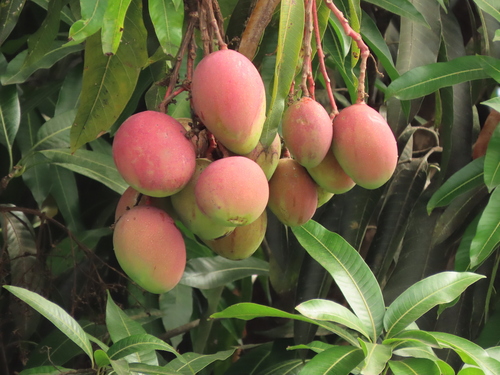Introduction
The Bokashi bucket is a fermentation-based composting system that uses beneficial microbes to break down all kitchen scraps—including small amounts of meat, dairy, and cooked food—into a pre-compost material. Unlike aerobic systems, Bokashi is anaerobic, meaning it works without oxygen. The result is a fermented mixture that needs to be buried in soil or added to a compost pile for final decomposition.
What It Is & Why It Works
Bokashi uses a bran inoculant (usually wheat bran infused with effective microorganisms, or EM) layered with food waste inside an airtight bucket. The microbes ferment the scraps in about 2–4 weeks, producing a pickled-like material that quickly breaks down once mixed into soil. A nutrient-rich liquid “Bokashi tea” also drains from the bucket and can be diluted for use as a plant feed.
Who It’s Best For
- Best for: Urban or indoor composters who want to recycle all kitchen scraps, including small amounts of meat, dairy, and oily foods, without bad odors.
- Not ideal for: Those unwilling to bury or finish the process in soil/compost, since Bokashi alone does not produce finished compost.
Pros & Cons
- Pros: Handles nearly all food waste, fast fermentation (2–4 weeks), minimal odors when sealed properly, compact design suitable for kitchens.
- Cons: Requires bran inoculant, produces pre-compost that must be buried or added to soil, and liquid must be drained regularly.
Essential Setup Tips
- Bucket: Use an airtight container with a tight lid and a spigot at the bottom to drain liquid.
- Inoculant: Bokashi bran is essential. Sprinkle a handful over food scraps each time you add them.
- Layering: Add food scraps in layers, pressing them down to minimize air pockets, and cover each layer with bran.
- Drain liquid: Tap out the Bokashi tea every 2–3 days to prevent foul odors and use it diluted (1:100) as a liquid fertilizer.
What to Add (and Avoid)
Safe to Add: Vegetables, fruits, coffee grounds, bread, pasta, small amounts of meat, fish, dairy, and cooked food.
Avoid: Large bones, excessive liquid, and moldy food (the wrong microbes may interfere with fermentation).
Step-by-Step: Using a Bokashi Bucket
- Prepare bucket: Place an airtight bucket with a spigot in your kitchen or pantry.
- Add scraps: Place a layer of food waste inside and sprinkle with Bokashi bran.
- Repeat layering: Continue adding scraps and bran until the bucket is full.
- Fermentation phase: Seal tightly and leave for 2 weeks, draining liquid every few days.
- Finish in soil: Bury fermented material 20–30 cm deep in soil or add to a compost bin. Within 2–4 weeks, it breaks down into nutrient-rich soil.
Maintenance Schedule
| Task | Frequency | Notes |
|---|---|---|
| Sprinkle bran | Every addition | Ensures proper microbial activity and odor control. |
| Drain liquid | Every 2–3 days | Prevents anaerobic odor and provides free liquid fertilizer. |
| Seal bucket | Always | Airtight closure is essential for anaerobic fermentation. |
| Bury contents | Every 2–4 weeks | Finish the process by mixing fermented scraps into soil or compost. |
Troubleshooting
- Strong rotten smell: Bucket may not be sealed properly or scraps were too wet. Add more bran and check the lid.
- White mold: Harmless and normal. Indicates healthy fermentation.
- Green/black mold: Problematic—discard that layer, add extra bran, and ensure better sealing.
- Too much liquid: Drain more frequently; avoid adding soupy foods.
How Long Until It’s Ready?
The fermentation process takes 2 weeks once the bucket is full. After burying or mixing with compost/soil, scraps break down completely within another 2–4 weeks, depending on conditions.
How to Use Bokashi Products
- Bokashi tea: Dilute 1:100 with water and apply to plants as a liquid fertilizer.
- Fermented scraps: Bury in garden beds, add to potting soil, or mix into compost to enrich microbial life and nutrients.
Quick Summary
The Bokashi bucket is a fast, compact, and odor-minimizing method of handling all kitchen scraps—even meat and dairy. With the help of bran inoculant and airtight fermentation, you can turn waste into a powerful soil amendment in just a few weeks.







